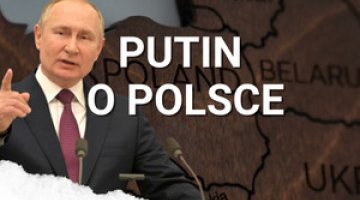Completion of the ESPO oil pipeline connects Siberia to the Pacific Ocean
On 25 December, one year ahead of schedule, President Vladimir Putin officially opened the second section of the East Siberia-Pacific Ocean (ESPO-2) oil pipeline running from Skovorodino (Amur Oblast) to the Kozmino sea terminal (Primorsky Krai). The construction of ESPO-2, which is 2,046 km long and has an annual capacity of 35 million tonnes, has cost a total of US$10.6 billion. At the same time, the capacity of the Tayshet–Skovorodino section has been increased to 50 million tonnes. Since the second part of the pipeline was constructed, it has become possible to halt the more expensive oil transport by railway from Skovorodino to Kozmino, and also to increase supplies to Asian recipients. The launch of this new section of ESPO will allow its target capacity to be increased from the present level of 50 million tonnes to 80 million tonnes. This, however, will only be possible when oil output in Eastern Siberian fields grows (see map). The ESPO oil pipeline is one of Russia’s most expensive infrastructural projects. The total construction cost of its two sections exceeded US$23 billion. In 2012, ESPO transported 30 million tonnes of oil, including 15 million tonnes to China. It is projected that 36 million tonnes of oil will be transported via this pipeline in 2013. At present, the key recipients of Russian oil from ESPO are: Japan (31%), China (24%), the USA (22%), and South Korea, Singapore, the Philippines, Thailand and Malaysia.
Commentary
- The launch of ESPO-2 will partly contribute to a diversification of outlets and will allow Russia to bolster its position in the coming years as an increasingly important oil supplier to Asian countries and will also raise its significance on the global raw materials market. Since more oil is to be exported via the new pipeline, Russia will be able to promote the new ESPO (Eastern Siberia–Pacific Ocean) oil brand. This brand is of a better quality (it is lighter and contains less sulphur) and currently reaches higher prices than the Urals oil exported to Europe. Given increasing demand for hydrocarbons on the Asian market, ESPO oil exports may in the longer term turn out to be more profitable than exports of Urals oil to European markets.
- Clients in Asia assess the Russian oil offer as being attractive, given the better security of supplies from Russia in comparison to the high-risk supplies from the politically unstable Middle Eastern countries. At the same time, the Russian government supports oil exports to Asian countries by reducing the export duty on it by half and by imposing a lower tax on oil output from Eastern Siberian fields. Two other goals of this policy are: to accelerate the development of Eastern Siberian resources (which are the main source of oil for the ESPO pipeline), and to boost economic development in the Far East.
- The launch of the ESPO pipeline and the increase in oil exports to Asian countries will have no direct impact on Europe, since it is impossible to redirect large amounts of Western Siberian oil to the East. The expected fall in Russian oil supplies to Europe in the immediate future will result primarily from decreasing output from Western Siberian fields, whose resources have been significantly depleted.
Map
Scheme of the ESPO oil pipeline route





